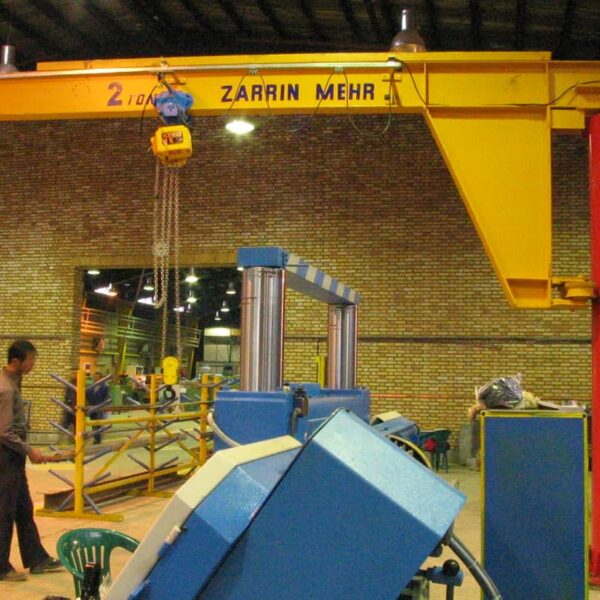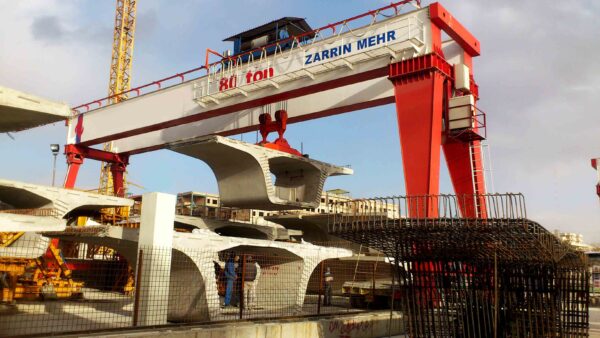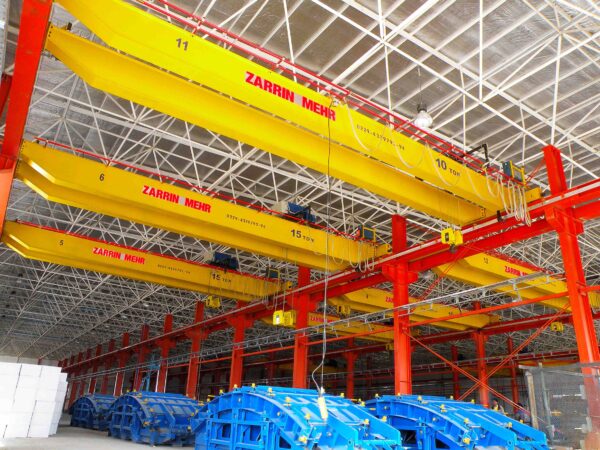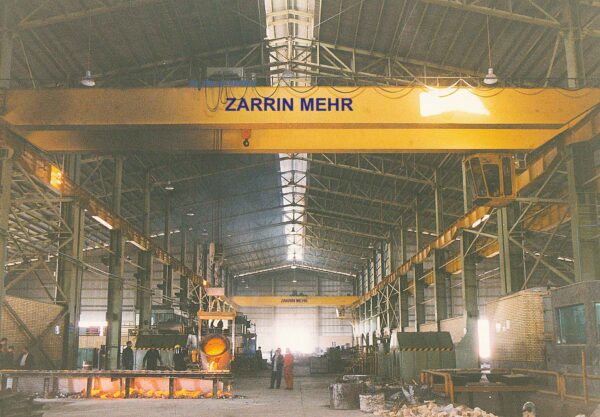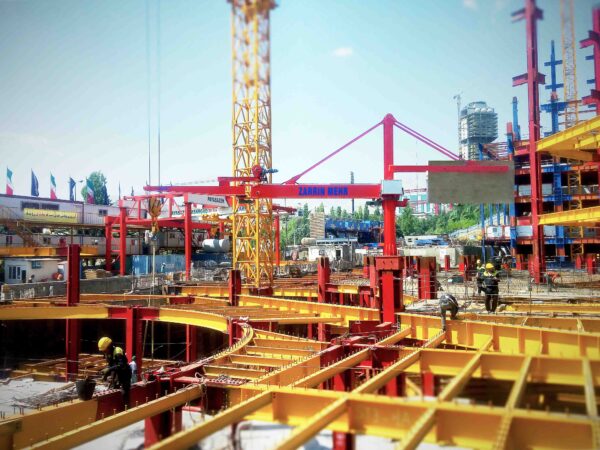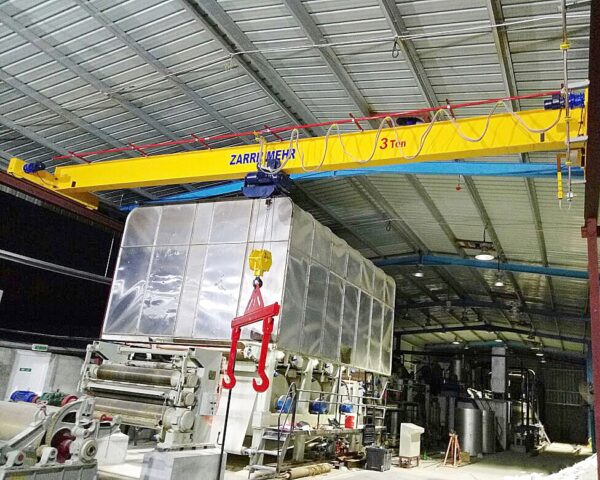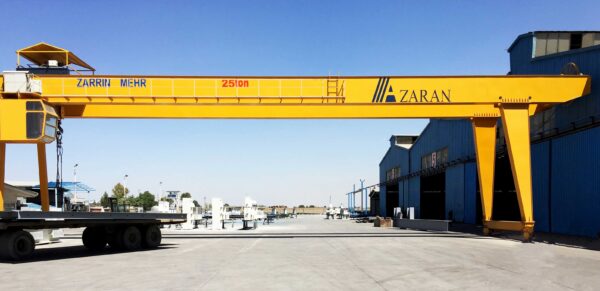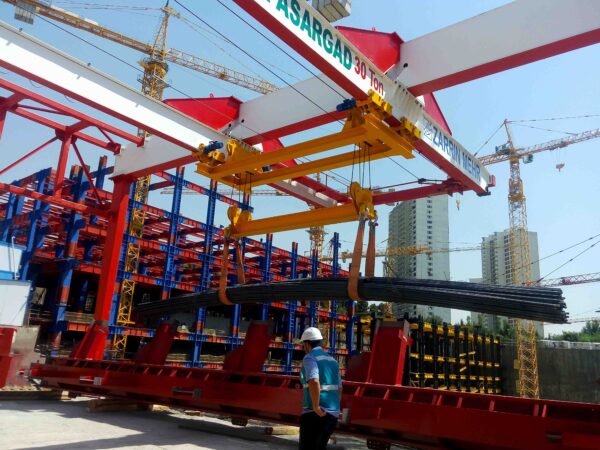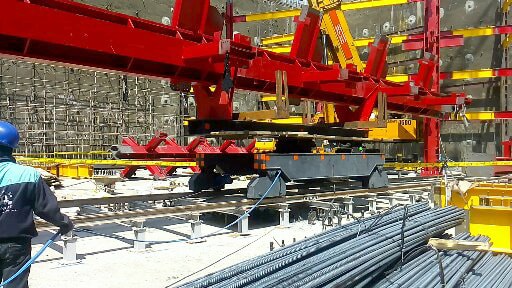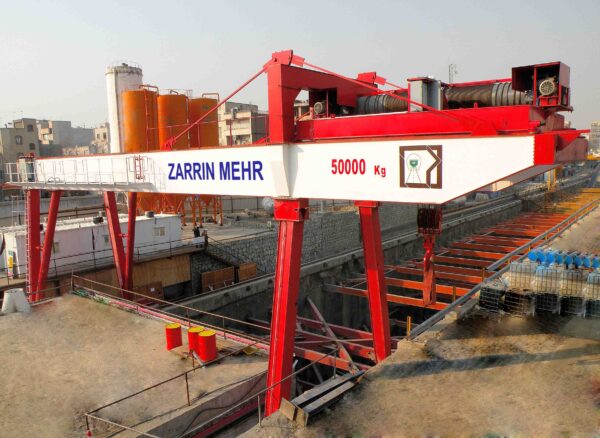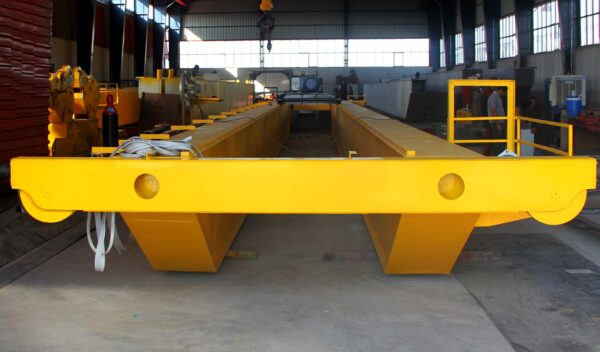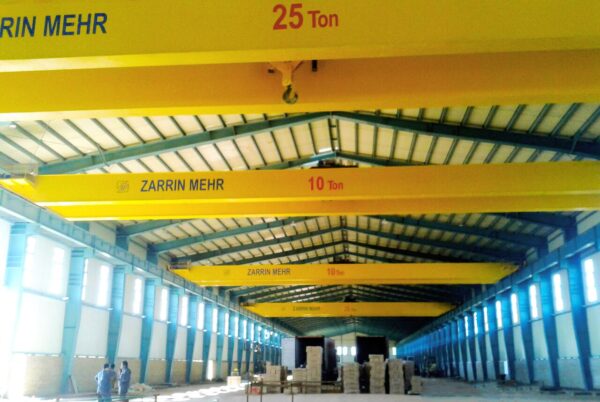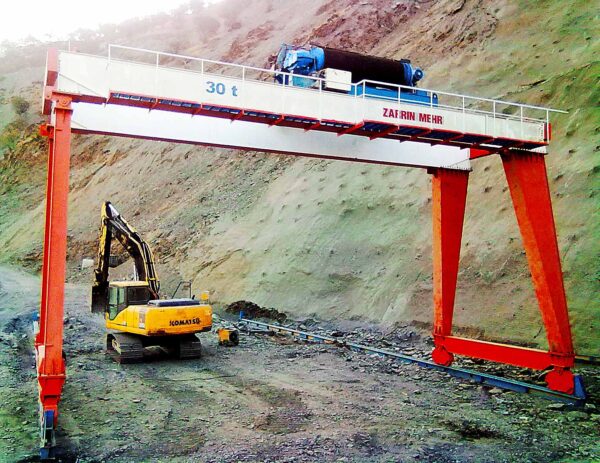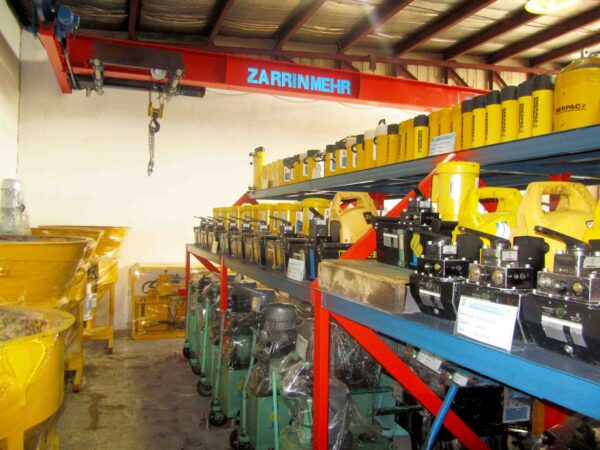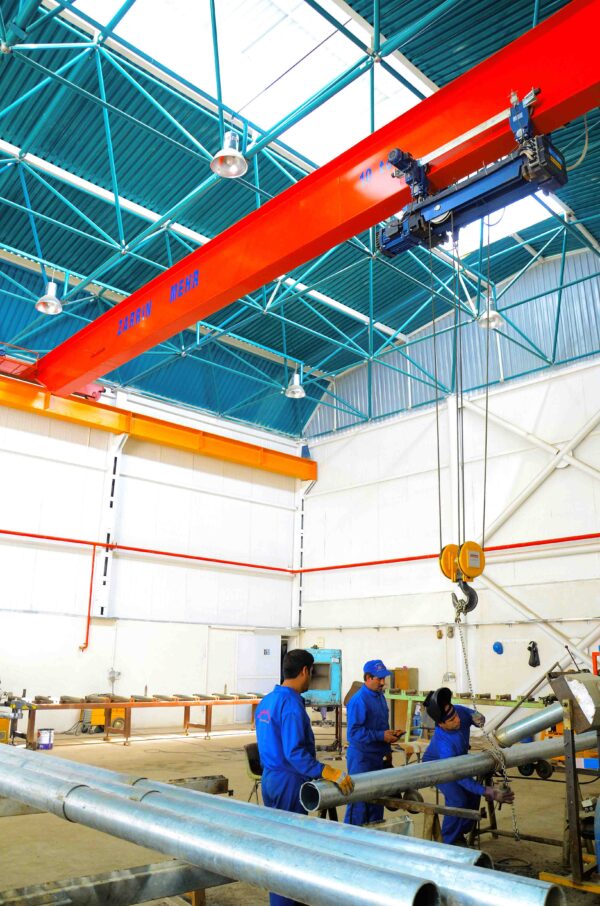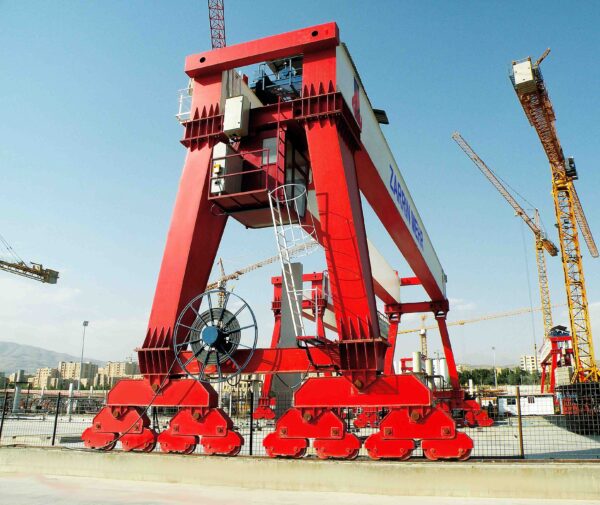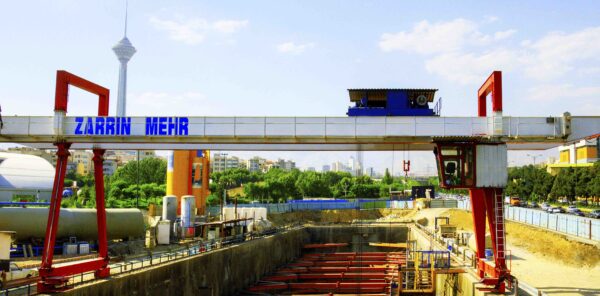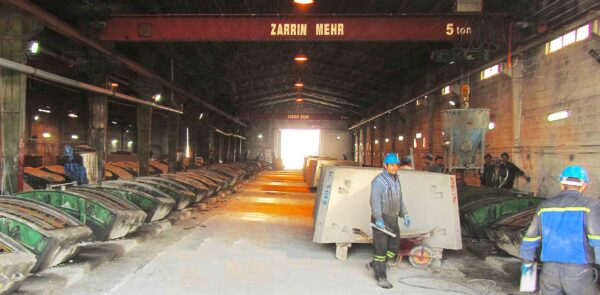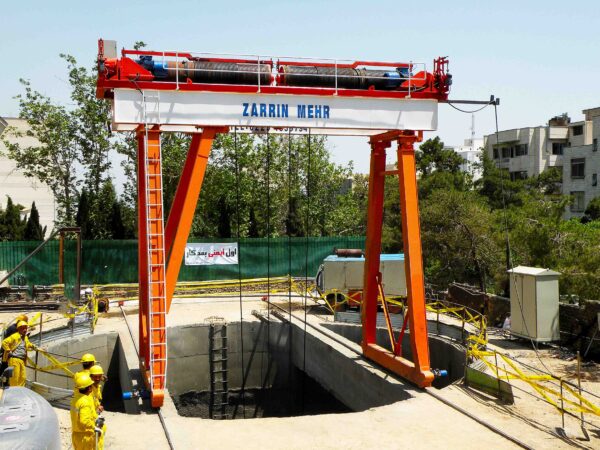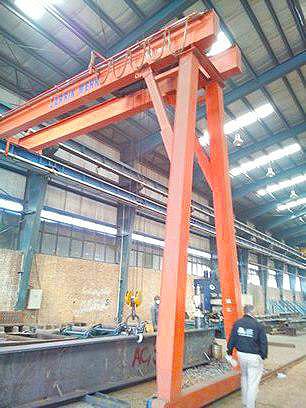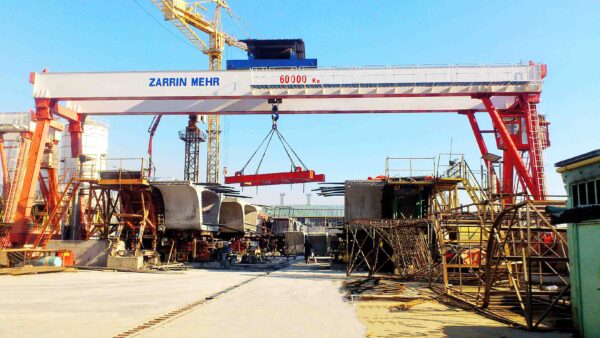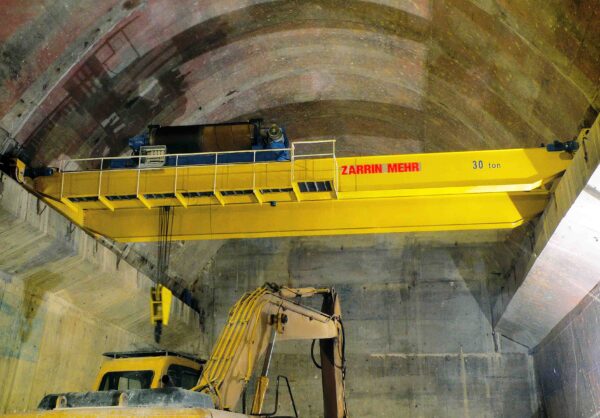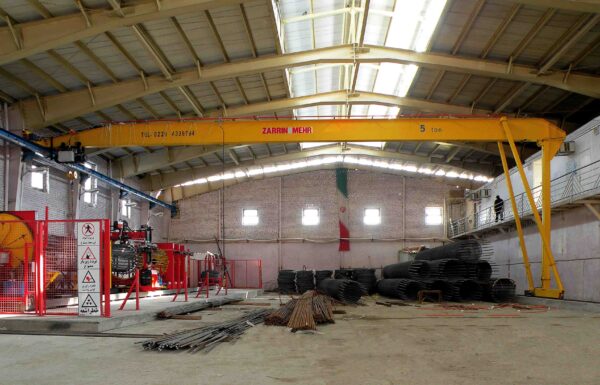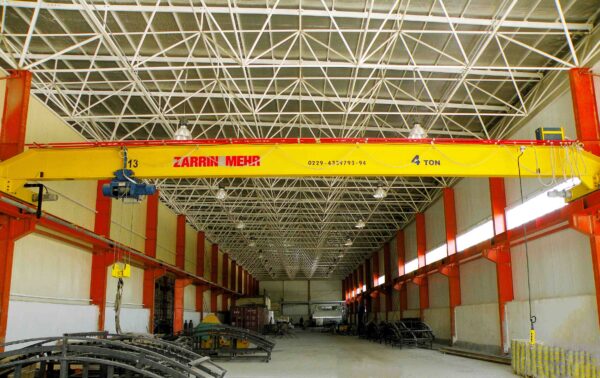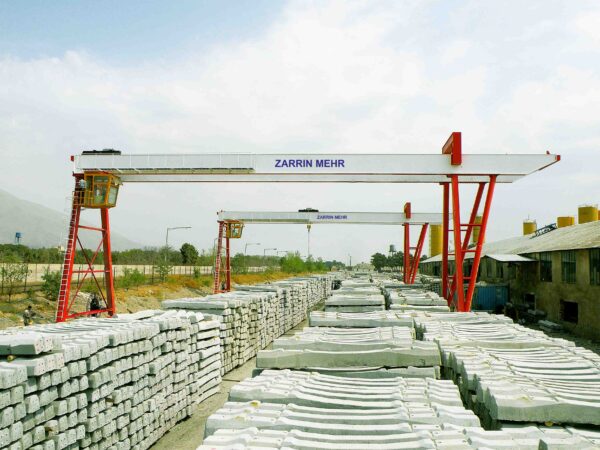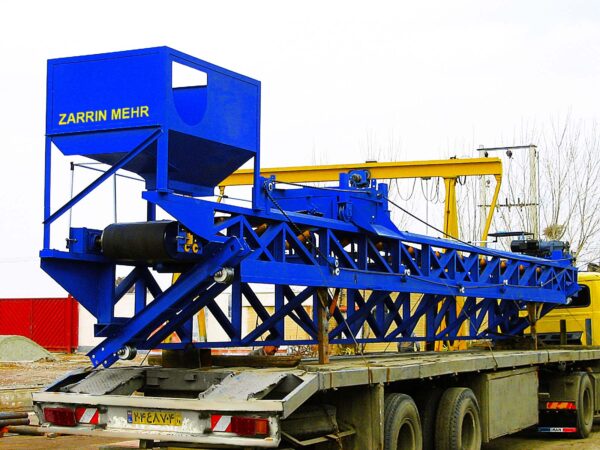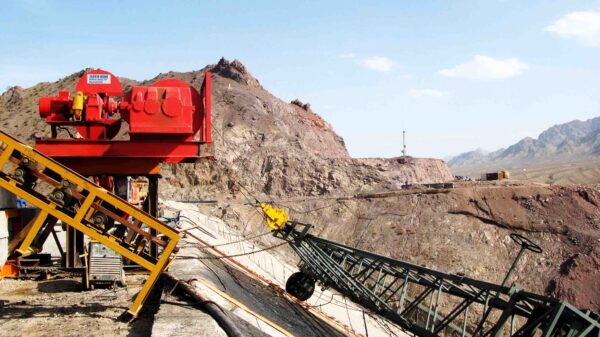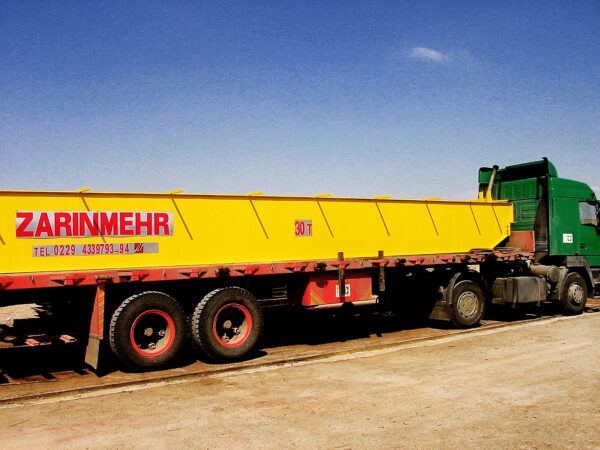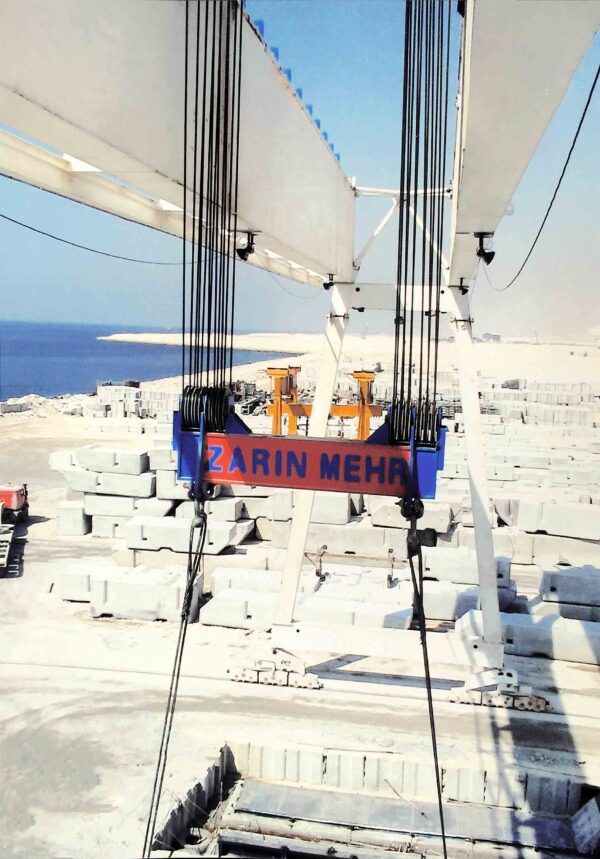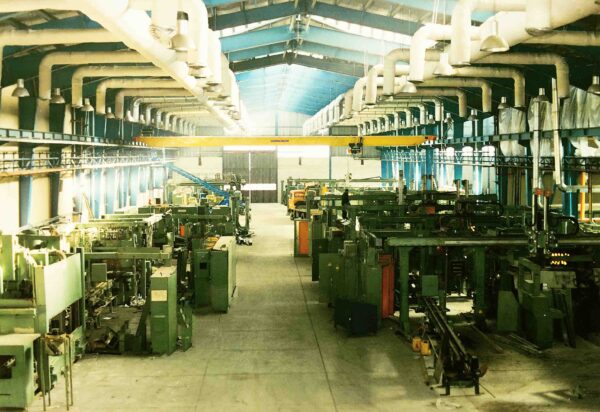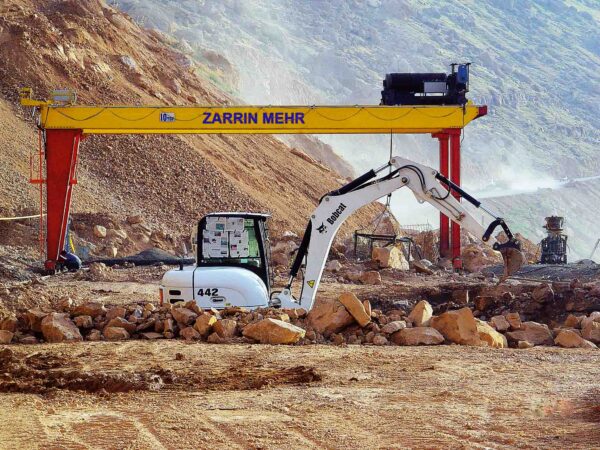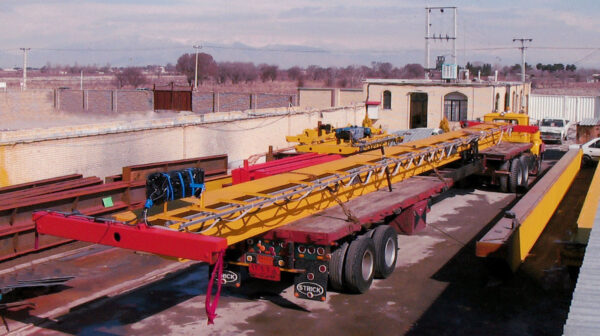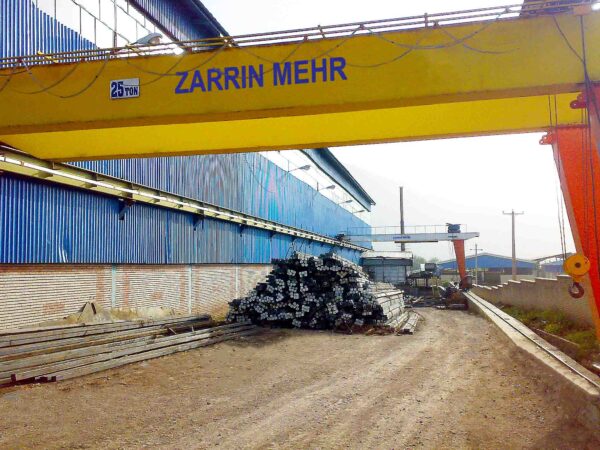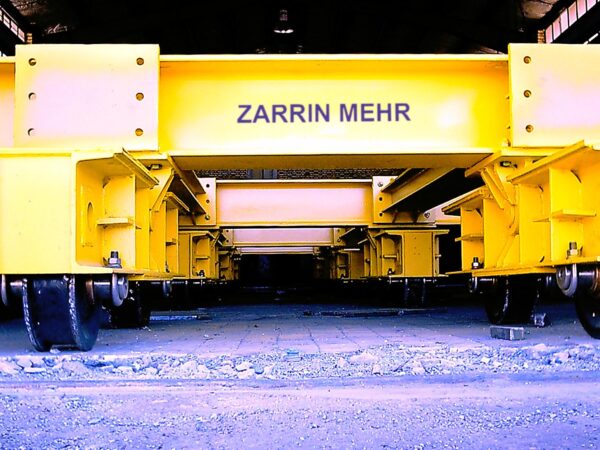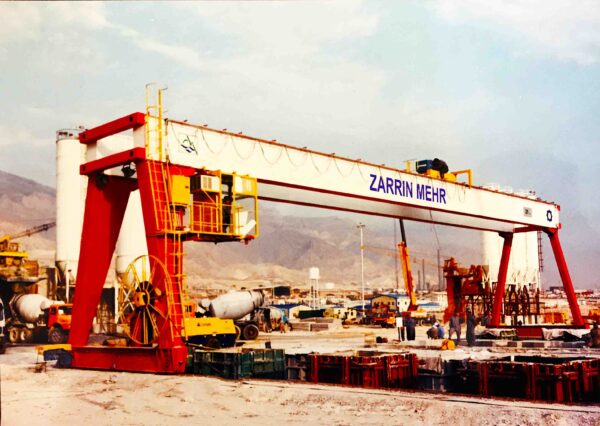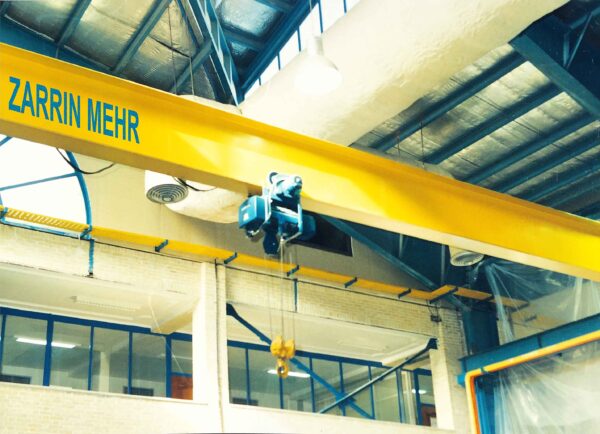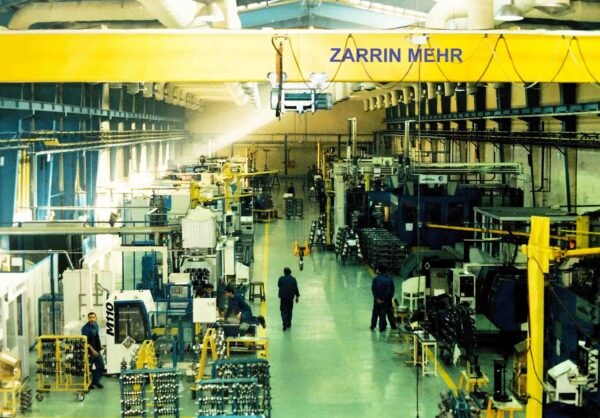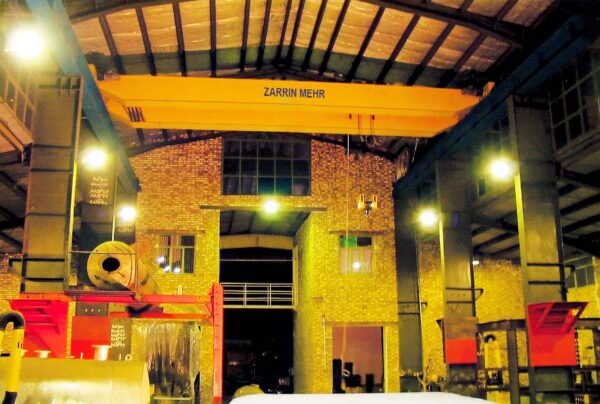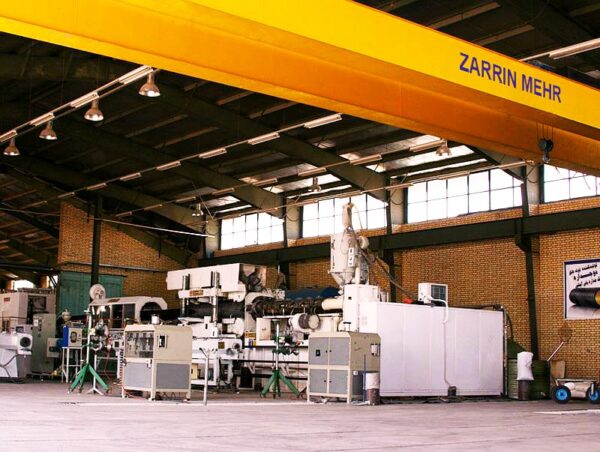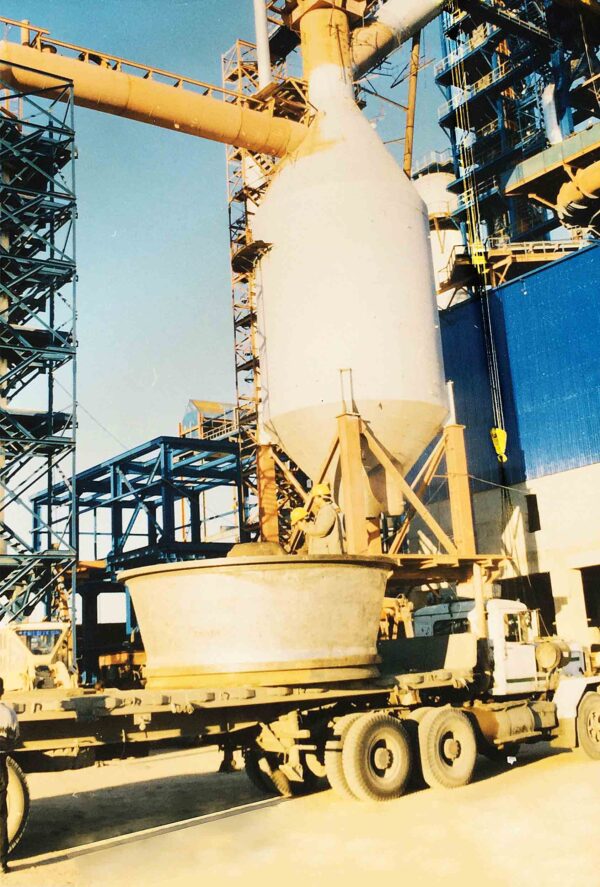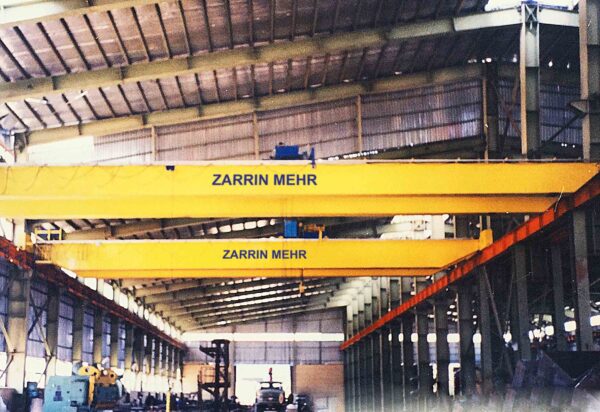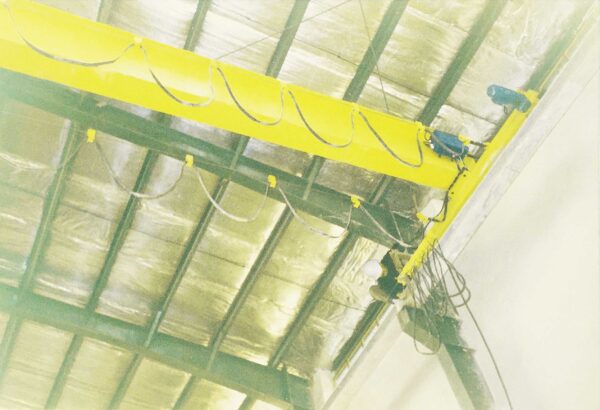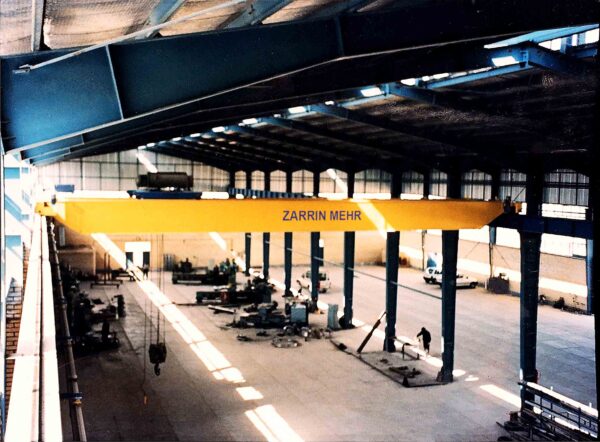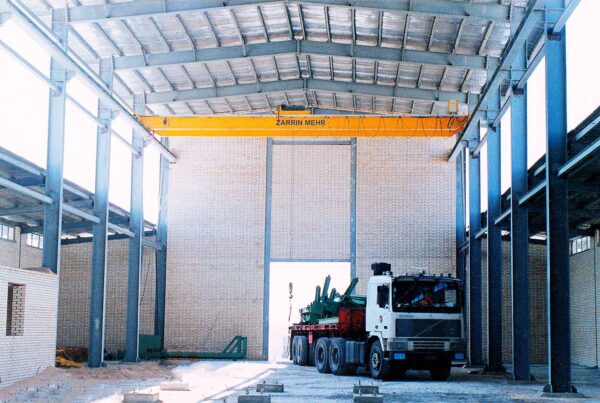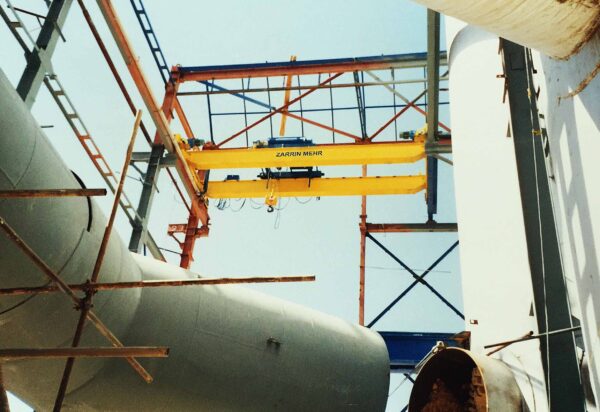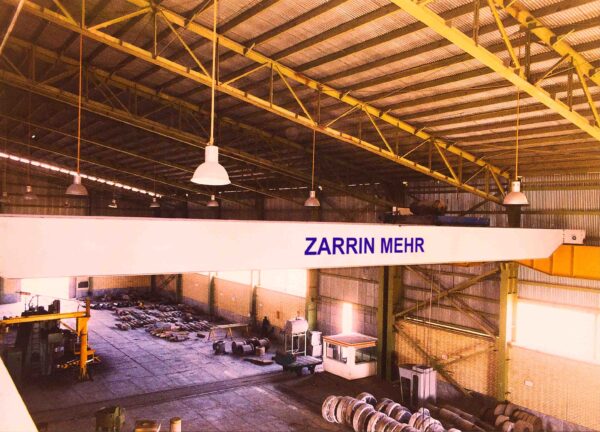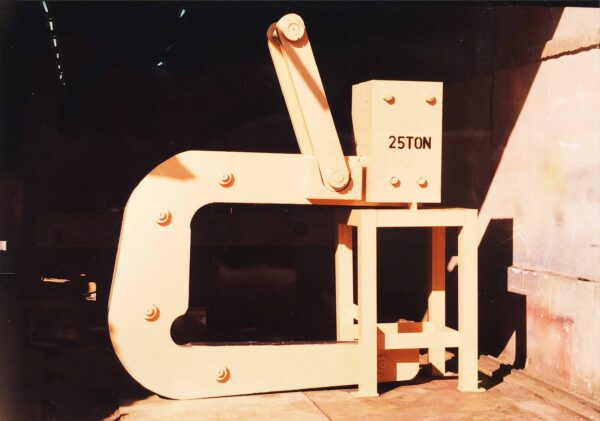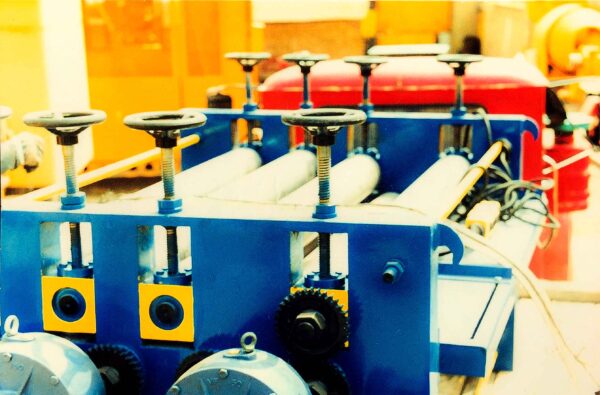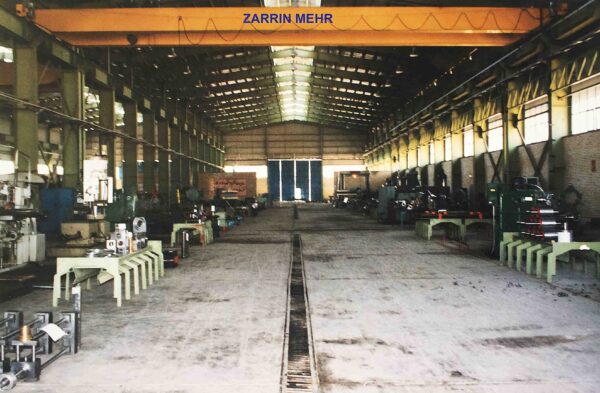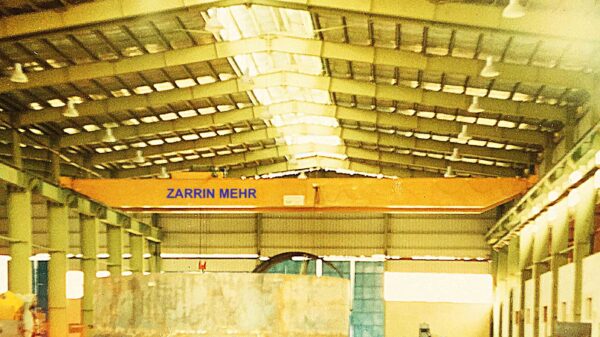The materials used to construct a gantry crane can vary based on its intended application, size, and load capacity. Here are some common materials:
Structural Components:
- Steel: The most common material for the structural components of gantry cranes is steel, particularly carbon steel and sometimes alloy steel, due to its high tensile strength and durability. Heavy-duty industrial cranes, especially those used outdoors or in corrosive environments, may use high-strength, low-alloy steel for added durability.
- Aluminum: Lighter-duty gantry cranes might be made of aluminum, which is lighter and easier to move than steel. Aluminum is often used for portable gantry cranes that need to be easily relocated but have lower load capacities.
- Stainless Steel: In environments that require high levels of cleanliness or resistance to corrosion (e.g., pharmaceutical or food production facilities), stainless steel may be used.
- Cast Iron: Some older or specialized cranes might have components made from cast iron, although this is less common in modern designs due to the material’s brittleness compared to steel.
Wheels and Casters:
- Rubber: Rubber wheels or casters are common in mobile cranes to allow for easier movement and to reduce wear on floor surfaces.
- Steel Wheels: In industrial settings, especially for rail-mounted gantry cranes, steel wheels are commonly used due to their higher load-bearing capacity.
- Polyurethane: Some casters may be made from polyurethane for a balance between load capacity and floor protection.
Electrical Components:
- Copper and Aluminum: Wires and electrical components are usually made from copper due to its excellent conductivity, although aluminum may also be used as a lighter, less expensive alternative.
Other Components:
- Plastic and Composites: Some non-structural components, such as control panels or protective housings, may be made of high-strength plastics or composite materials.
Coatings and Finishes:
- Paint and Galvanization: Steel components are often painted or galvanized to protect against rust and corrosion.
- Anodized Aluminum: Aluminum parts may be anodized to improve corrosion resistance and surface hardness.
Factors to Consider:
- Load Capacity: Heavier loads will typically require stronger, more durable materials like high-strength steel.
- Environment: Corrosive, high-temperature, or otherwise harsh environments may require specialized materials or coatings.
- Mobility: For portable or mobile cranes, lighter materials like aluminum may be preferable.
- Cost: High-strength materials and specialized finishes can add to the cost of the crane.
- Regulatory Standards: The materials must meet certain quality and safety standards, often specified by regulatory bodies or industry organizations.
Consulting with manufacturers and engineers can provide insights into the most appropriate materials for your specific gantry crane needs.


